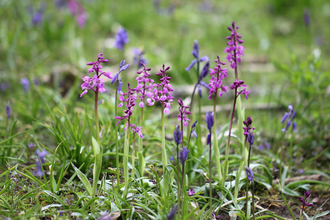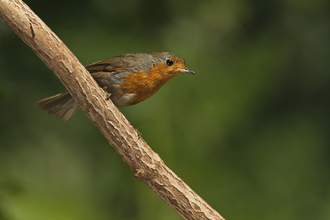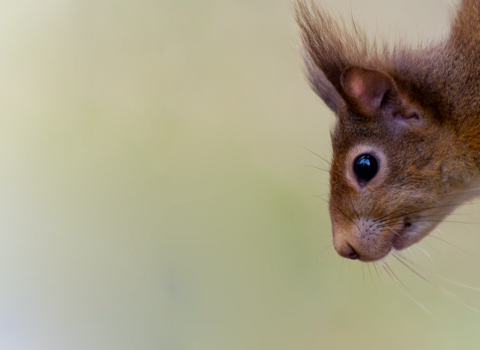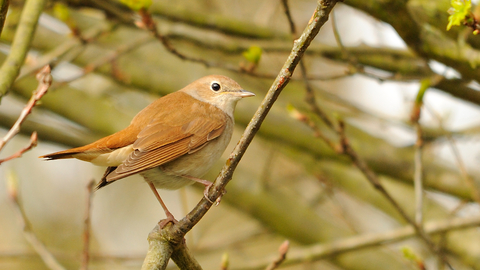
©Amy Lewis
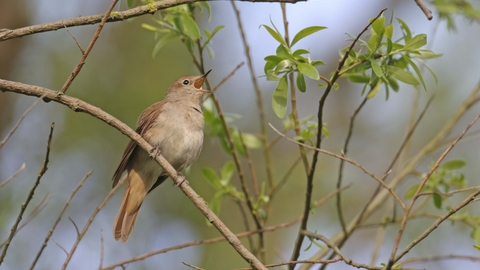
©Chris Gomersall/2020VISION
Nightingale
Scientific name: Luscinia megarhynchos
The melodious song of the nightingale is the most likely sign of this bird being about. Shy and secretive, it sings from dense scrub and woodland, day and night.
Species information
Statistics
Length: 16cmWingspan: 24cm
Weight: 21g
Average lifespan: 2 years
Conservation status
Classified in the UK as Red under the Birds of Conservation Concern 5: the Red List for Birds (2021).

